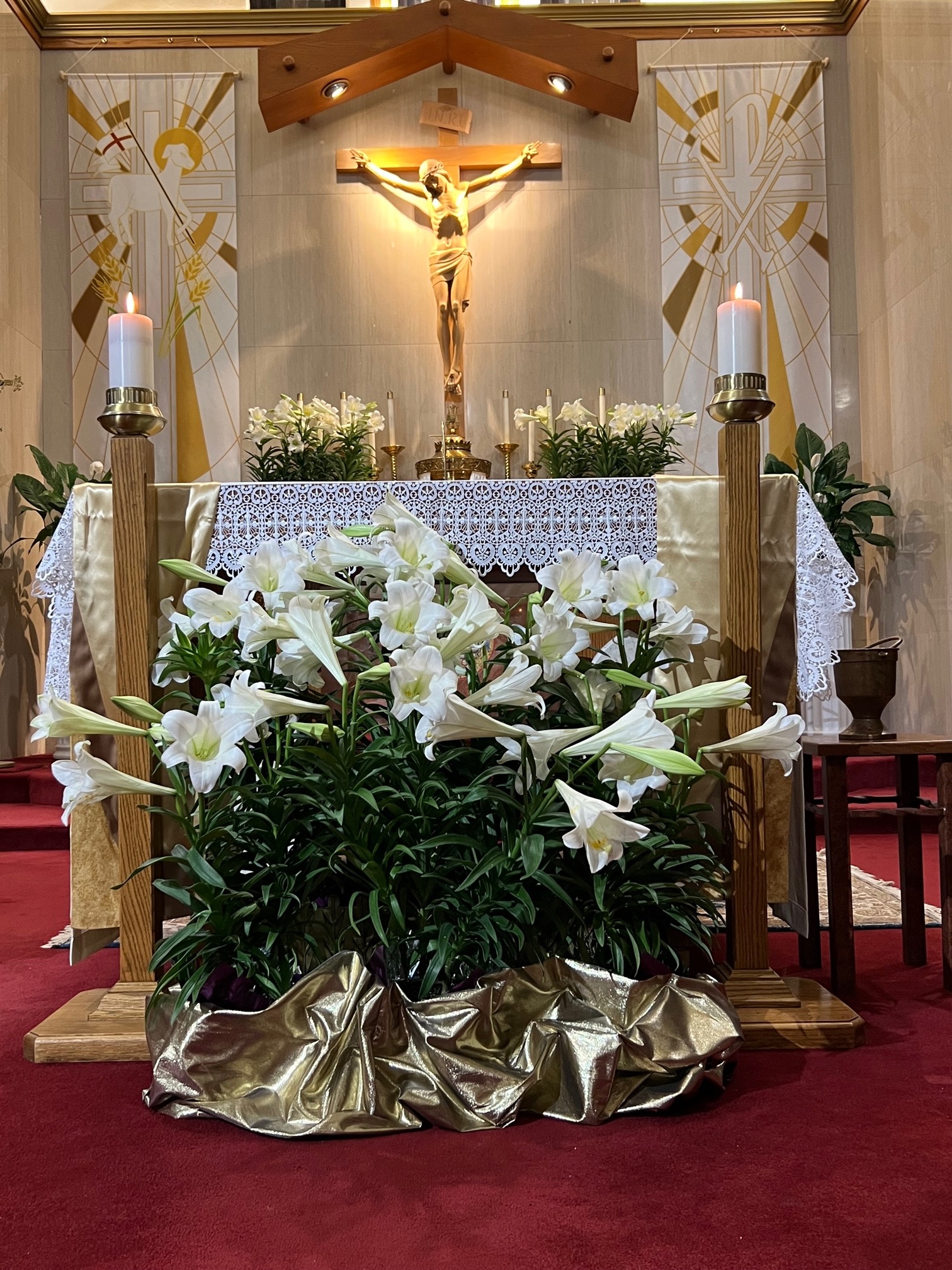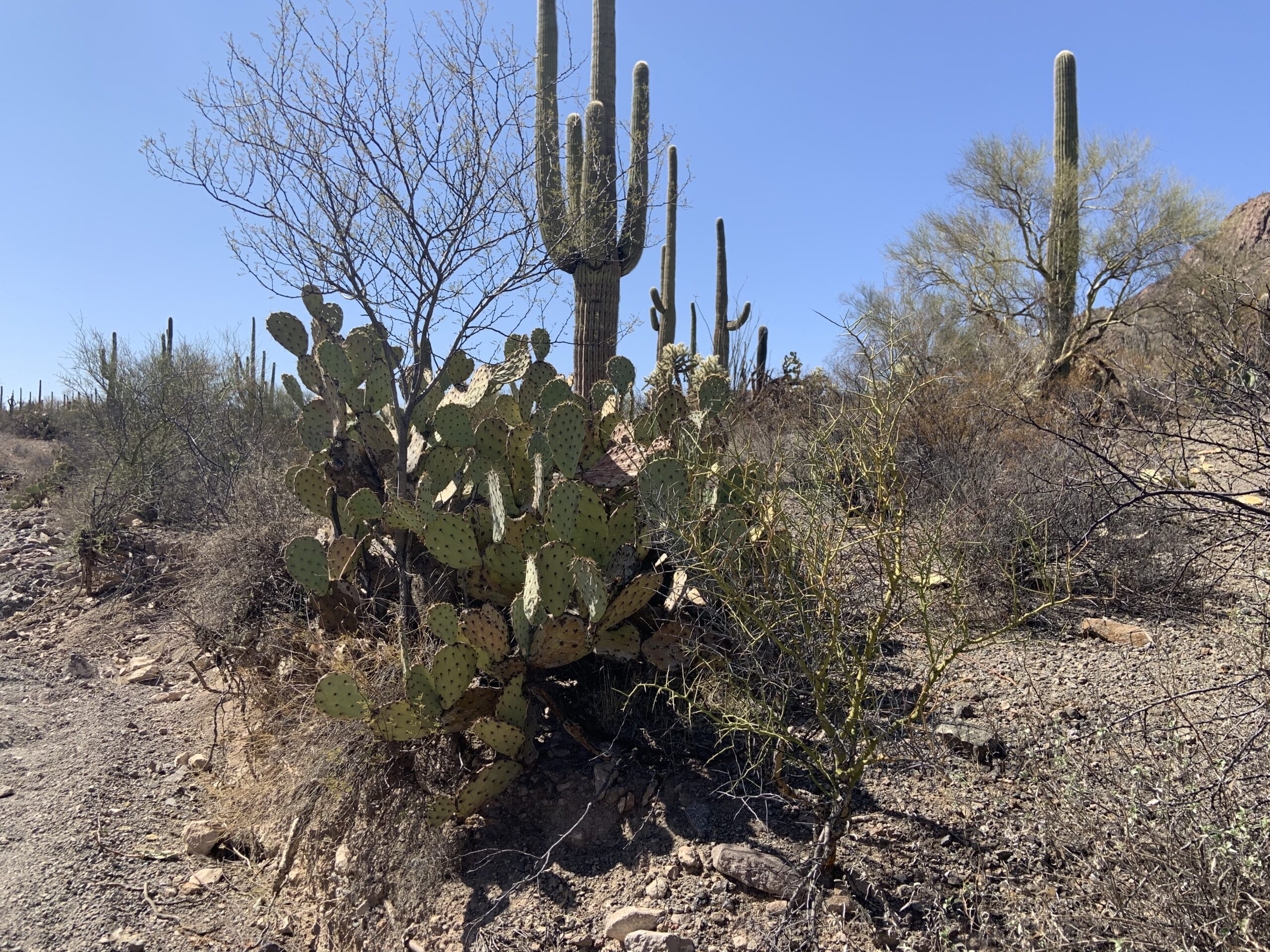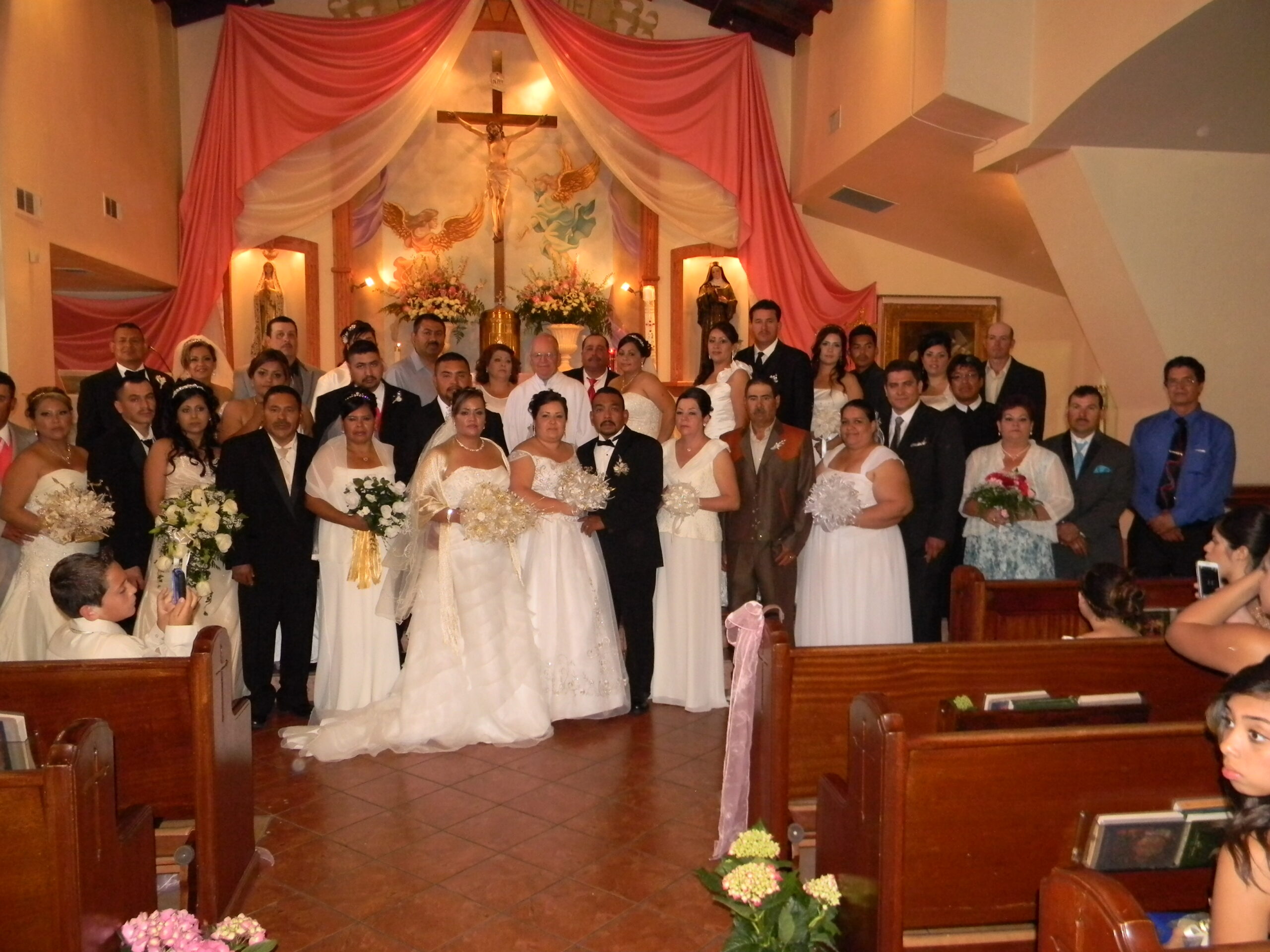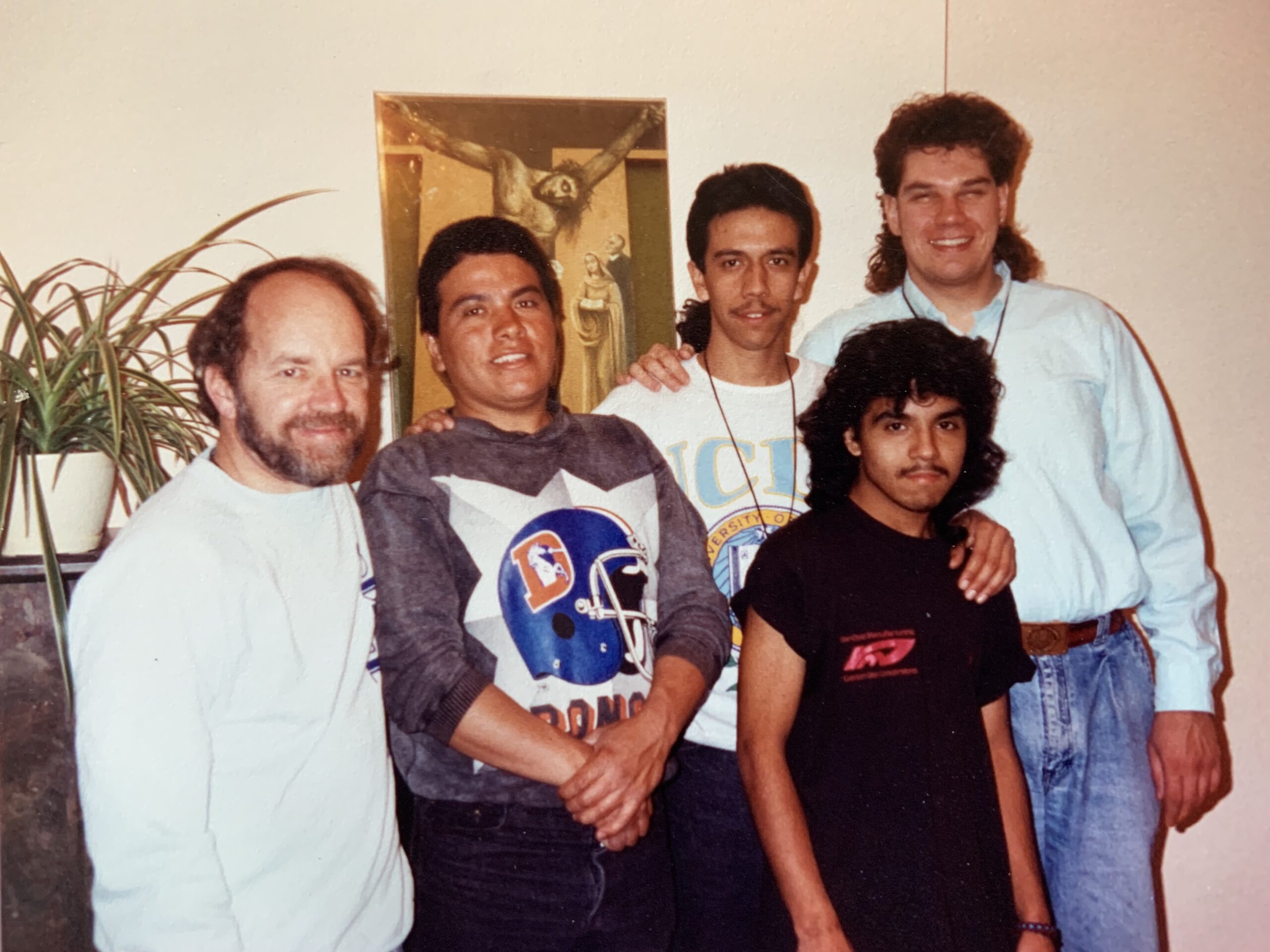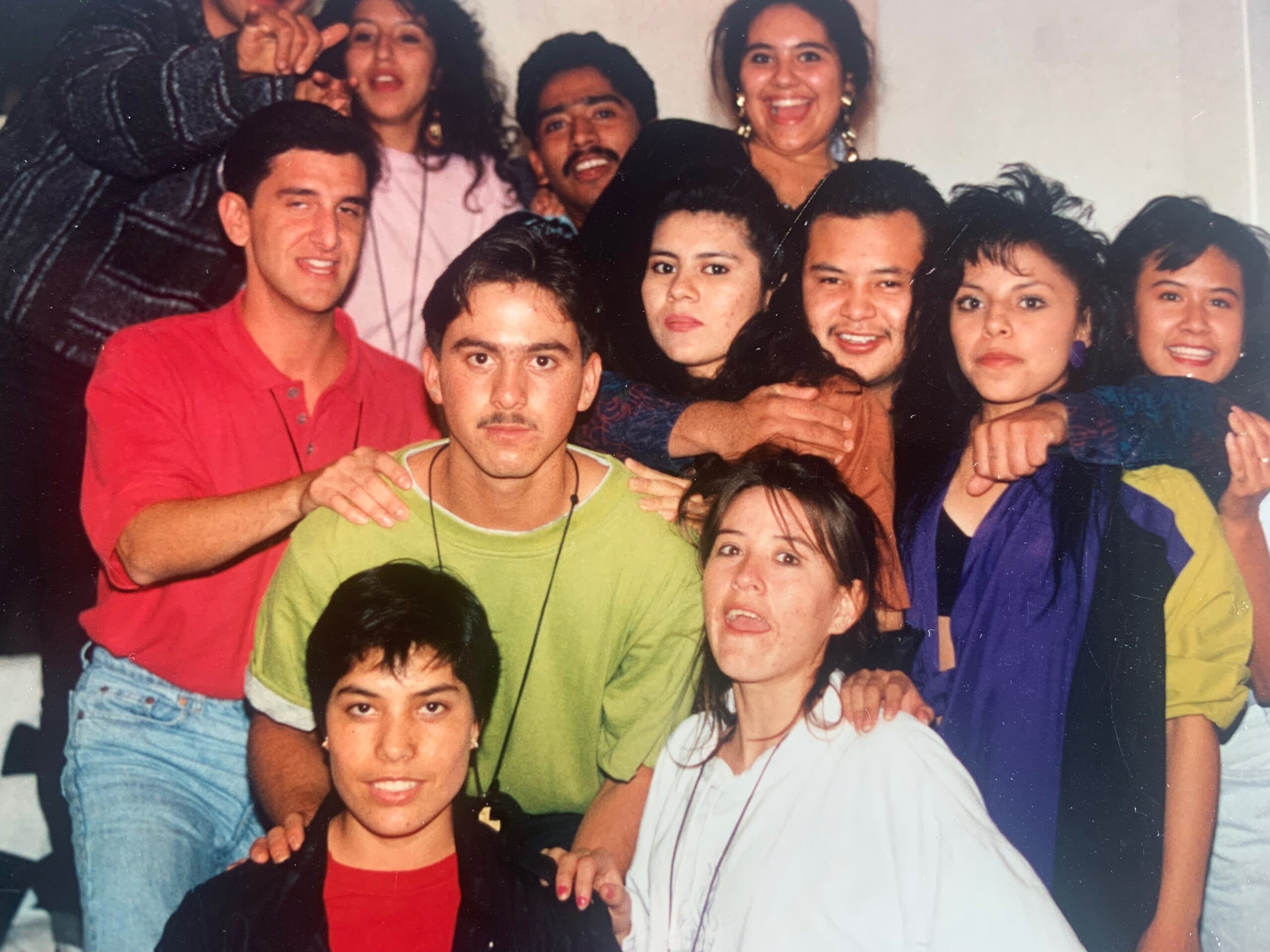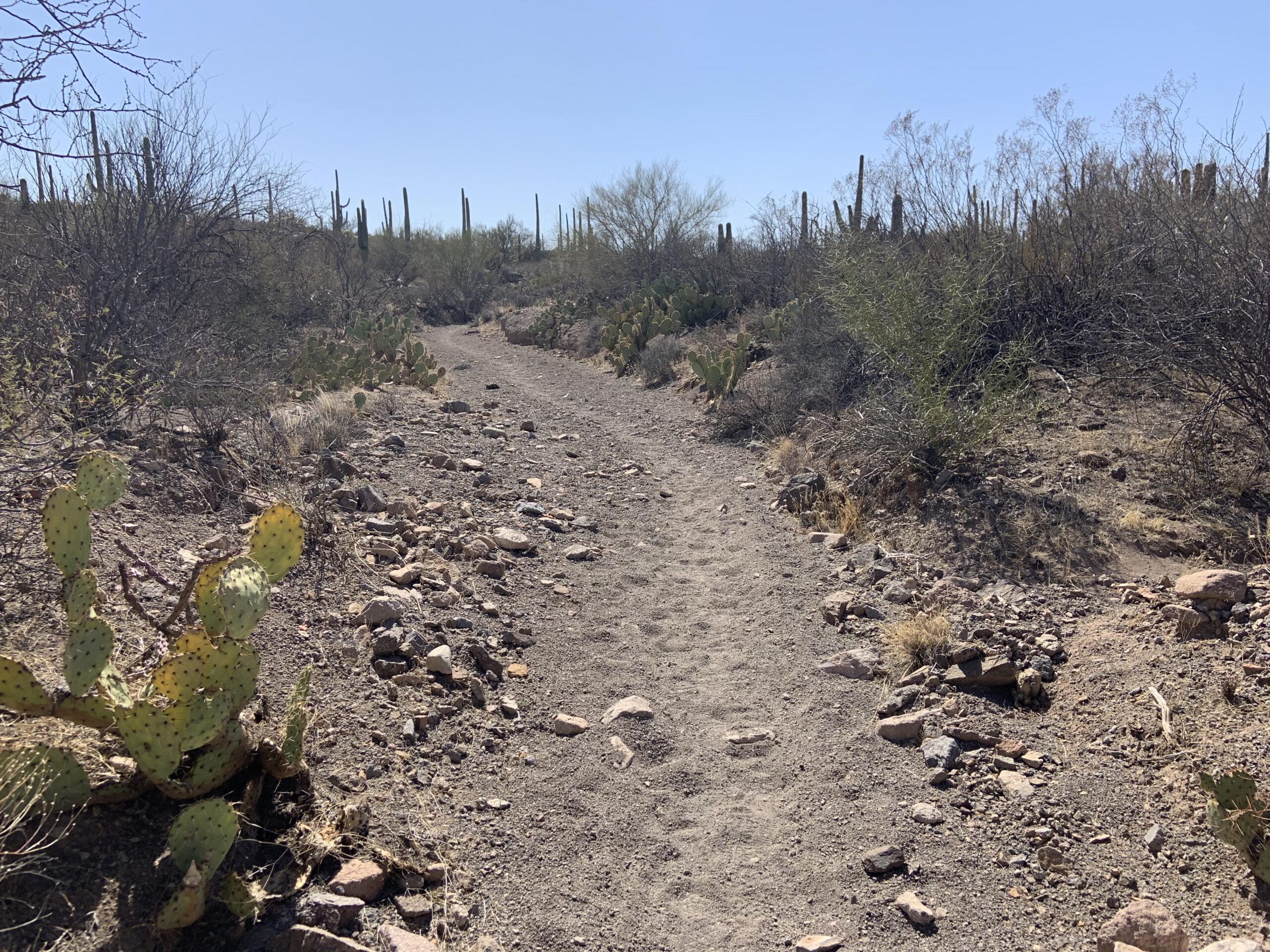“Qué viva Cristo Rey”
“Qué viva Cristo Rey”
Hoy es la Fiesta de Cristo Rey. Cuando el Papa Pío XI instituyó la Fiesta de Cristo Rey con la encíclica Quas Primas, en 1925, identificó el nacionalismo y el secularismo como desafíos para la paz y la estabilidad mundiales. En nuestro tiempo en los Estados Unidos, el nacionalismo y el secularismo parecen ser filosofías opuestas, pero en México, de 1850 a 1927, se unieron en un gobierno que colocó al estado en contra de la libertad de expresión religiosa.
En la década de 1850, el gobierno mexicano bajo Benito Juárez instituyó reformas que declararon que todas las iglesias en México eran propiedad del gobierno federal. Prohibía la expresión religiosa, incluido el uso de ropa clerical en público. La confiscación de las tierras de la iglesia y la supresión de la expresión religiosa se aplicaron de manera inconsistente durante muchos años, pero la tensión entre el estado y la iglesia llegó a un punto crítico en el gobierno de Plutarco Calles. Fue extremo en su anticlericalismo y anti catolicismo. Su opresión de la Iglesia condujo a la violencia. Sacerdotes extranjeros de México fueron deportados del país y muchos de los sacerdotes locales fueron ejecutados. El período de los mártires mexicanos es entre 1927 y 1929. Se estima que 10,000 personas fueron martirizadas por la fe.
El Papa Juan Pablo II canonizó a 25 mártires de la Cristiada en el 2000. Otros fueron beatificados y canonizados por los Papas Benedicto XVI y Francisco. La película “Cristiada” (2012) generó conciencia sobre la persecución a la Iglesia en México. La película retrata el período de mayor violencia, pero la guerra siguió a muchos años de lucha en la relación entre el Estado y la Iglesia. Muchos de los mártires en sus últimos momentos gritaron: “Que viva Cristo Rey”.
En muchas iglesias este domingo, en misas en español, se escuchará el grito, “Que viva Cristo Rey”.
(Si tienes observaciones o preguntas para Padre Migrante, envían las a padremigrante@gmail.com)
“Qué viva Cristo Rey”
Today is the Feast of Christ the King. When Pope Pius XI instituted the Feast of Christ the King with the encyclical, Quas Primas, in 1925, he identified nationalism and secularism as challenges to world peace and stability. In our time in the United States, nationalism and secularism appear to be opposing philosophies, but in Mexico, from 1850 to 1927, they came together in a government that placed the state against freedom of religious expression.
In the 1850’s, the Mexican government under Benito Juarez instituted reforms that declared that all of the churches in Mexico were property of the federal government. It forbade religious expression including the wearing of clerical garb in public. The confiscation of church lands and suppression of religious expression were inconsistently enforced for many years, but the tension between state and church came to a head in the government of Plutarco Calles. He began a much more severe persecution of the Church. Priest from outside of Mexico were deported from the country and many of the priests remaining were execute. The period of the Mexican martyrs is between 1927 and 1929. An estimated 10,000 people were martyred for the faith
Pope John Paul II canonized 25 martyrs of the Cristiada in 2000. Others were beatified and canonized by Popes Benedict XVI and Francis. The movie, “For Greater Glory,” (2012) raised awareness of the persecution of the Church in Mexico. The movie portrays the period of the most violence, but the war followed many years of struggle in the relationship of the state and the Church. Many of the martyrs in their dying moments cried out, “Que viva Cristo Rey.”
In many churches this Sunday, at Masses in Spanish, the cry will be heard, “Que viva Cristo Rey.”
(If you want Padre Migrante to respond to your concerns or questions, write to: padremigrante@gmail.com)
Oh Jesús, tú nos llamas: “Síganme”. Bendice, Señor, a todos los que acogen tu llamado. Puede que el camino no sea fácil, pero tenemos la confianza de que todo es posible si caminamos contigo. Que este viaje nos abra los ojos a las maravillas de tu amor por nosotros. Oramos por toda tu gente, por todos los creyentes e incrédulos, por los líderes y seguidores. Oramos por la sanación, el perdón, la compasión, la justicia y la paz. Oramos para que, al seguirte, nosotros también podamos ser pescadores de hombres. Bendícenos en nuestro viaje.
O Jesus, you call us, “Come after me.” Bless, O Lord, all who welcome your call. The path may not be easy, but we have confidence that all things are possible if we walk with you. May this journey, open our eyes to the wonders of your love for us. We pray for all your people, for all believers and unbelievers, for leaders and followers. We pray for healing, for forgiveness, for compassion, for justice, for peace. We pray that as we follow you, we too can be fishers of men. Bless us on our journey.
